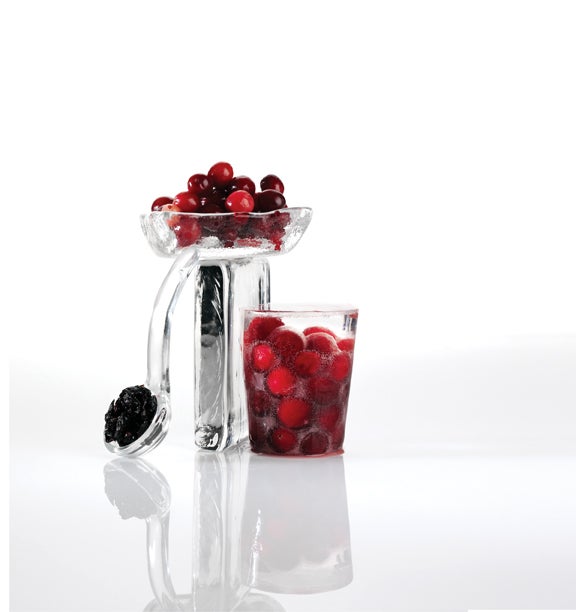Cranberries

Cranberries aren’t just for Thanksgiving anymore: starting your day with a shot of their crimson juice or tossing dried cranberries into salads and side dishes can confer copious health benefits. Antioxidant proanthocyanidins in cranberries have an antiadhesive quality that repels bacteria, preventing urinary tract infections. And mounting research suggests the Teflon-like mechanism also works in the stomach and mouth, deterring ulcer-causing bacteria and tooth-decaying plaque. Beyond that, new research suggests that a powerful blend of antioxidants in cranberriesflavonoids, polyphenols, and high levels of beta-carotene, lutein, and vitamin Amight help increase heart-healthy HDL (“good”) cholesterol levels.
Choose It & Use It
Find fresh cranberries in produce departments September through December. The best are firm, plump, and light to deep crimson. They last up to two weeks in the fridge and a year in the freezer. For maximum benefits, drink 8 ounces of juice cocktail (27 percent cranberry) or 1/2 ounce unsweetened 100 percent juice, morning and evening; or eat 1/4 cup fresh or frozen berries or 1/3 cup sauce or dried berries.